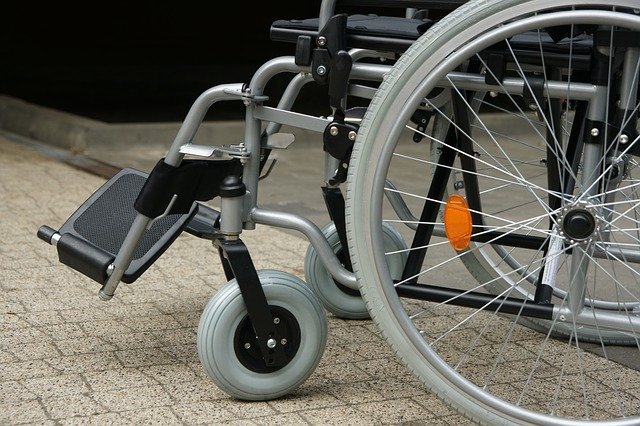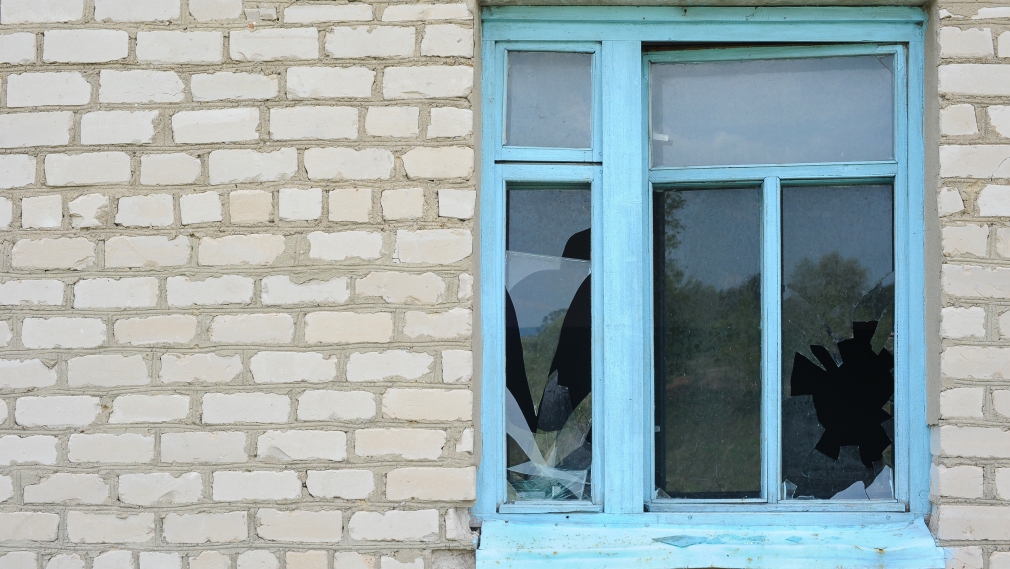5472Views 0Comments

How to Make Your Home More Accessible
Let’s face it, most people want to live in the comfort and familiarity of their homes. However, sometimes this requires lots of changes and renovations, which leaves a person wondering where to even begin. Additionally, most buildings in Australia are not built to provide accessibility for the elderly or the disabled, which poses a great problem. On top of that, there’s always the financial side of things to consider as well, before we are sure we have made the best decision possible.
All of this can seem a bit overwhelming at first glance.
That is why we have put together a list of some simple and cost-effective solutions, as well as some financial aid ideas and domestic care options that you could apply for. With the aid of both, we hope you could achieve much with as little funding as possible.
Making Your Home More Accessible For The Elderly
It is only natural to want to make sure our parents and grandparents grow old with grace, and as much ease, safety, and comfort as possible, so without further ado, here’s our list of tips and possible solutions.
Lighting
One of the most important things is well-lit rooms. Poor lighting is one of the major hazards, so making sure all rooms have plenty of light should be our first priority. Whether you decide to hire professionals or do this yourself, consider investing in automatic lighting systems, especially motion sensor indoor lighting around the stairs and the restroom, as it will surely make your life easier. Also, consider replacing your rocker switches with illuminated ones, so they could be easily seen in the dark.
Flooring
Other major hazards for the elderly are slippery floors, high thresholds, and carpets. All flooring must be slip-resistant in order to minimise any risk of slipping or falling down, especially around the kitchen, where most accidents happen. If you have a slippery floor, then consider replacing it with laminate or vinyl flooring. Eliminate or decrease the height of thresholds, as they are potentially dangerous areas where a slip or a fall could occur. If you must have carpets, go for low-pile, and make sure you have inserted non-skid mats under area rugs to avoid accidents.
Doorknobs
The twisting motion of opening a doorknob can be painful if you have arthritis or other conditions. Simply changing any existing doorknobs to lever-style ones (or, if the budget allows it, even go for an automatic door opening system), will be easy on the hands and relieve many unnecessary inconveniences.
Stairlifts
For multi-storey buildings, stairs are another hazard for the elderly. Stairlifts (also called chair lifts) are easy to install and do not need any structural building changes. They save a lot of pain and discomfort for people with arthritis, knee problems, and other conditions that make climbing the stairs difficult and unpleasant.
Bathroom
Grab-on bars are easy to install and could be fitted anywhere. Ideally, they should be placed near showers and toilets, but any other areas where they could be useful is worth it as well. Handheld showers are better than standing showers, as they tend to be more comfortable to use, as well as safer than open space showers. Some of the safest and most comfortable options, if budget and spacing allow it, are the step-in shower or the walk-in tub.
Making Your Home More Accessible For The Disabled
If you or your loved one is dealing with temporary or permanent loss of mobility, then you are probably weighing the options of how to make your home more accessible, which wheelchair to select, or what medical equipment might aid most. Here’s our list of things to consider and possible solutions:
Widening doorways
Doorways are the first thing you should focus on and make sure you get right. Most homes are built with standard-sized doorways, and in order for them to be adequate for wheelchair users, the front doorway must be at least 900mm wide in order for a wheelchair to glide through comfortably, with at least 500mm of clear landing space.
Replacing the front door is a fairly straightforward process, but resizing the interior doors could prove to be a costly and time-consuming affair. For this process, it might be wise to look for any financial aid programmes. Additionally, you should make sure adequate lighting is provided and that a few strategically placed grab-on bars are installed to make things as easy as possible.
Ramps
Ramps are another thing that comes to mind, but did you know that instead of buying them, you could rent them? For temporary loss of mobility, renting a ramp might be the more preferential option. Another benefit of renting is that you may try a few options until you find the right choice for your individual needs.
- Free-standing ramps, which could be both permanent or temporary, are an excellent option. They are made from many types of materials and are quite sturdy and dependable.
- Next, you should consider the running length–the higher the doorway is, the longer the ramp has to be. The ramp also needs a flat landing space in front of the doorway, so a person can reorient themselves properly, and prevent the wheels from rolling back on themselves.
- It’s also good to keep in mind that permanent ramps, in some areas or neighbourhoods, require a building permit.
- You might consider installing the ramp in front of the backdoor or the garage, if it’s a more convenient point of entry for you, as sometimes that may be the option that makes the most sense.
Flooring
All flooring, needless to say, should be slip-resistant, and when there’s lots of wheelchair traffic to be expected, consider replacing the floor with hard-wearing materials, such as laminate and vinyl. Carpets, especially deep pile, can cause a lot of trouble and should be removed to improve safety, but if you absolutely must have one, go for a low pile.
Stair Lifts & Elevators
In a multi-storey home, one of the most practical solutions are the stairlift and the elevator. The stairlift is the cheaper alternative to make your home more wheelchair accessible. Elevators aren’t cheap, but they are the best alternative for wheelchair users with very limited mobility. Another upside is that they tend to increase your property value.
Bathroom
Bathrooms are areas of your house that you will have to put a lot of thought and planning into. If you have a large bathroom, you might find this process easier, as you will have more than adequate space for enough clearance. Here are some main points to consider:
- Toilet height should be around 450mm to allow for an easy transfer from the wheelchair. You could buy either a raised toilet seat or a bariatric seat, based on your individual needs.
- The rim of the sink should be at 850mm, with sufficient space for the knees underneath.
- When it comes to showers and tubs, the cheaper option is a low threshold tub. If the budget allows it, go for a walk-in tub, as they tend to be very comfortable and safe.
- You should also install a few grab-on bars to make things easier and improve accessibility.
- If you are designing your bathroom for someone with very limited mobility, consider investing in equipment such as a person hoist or bariatric equipment (such as shower chairs and cushions), as they are quite useful for transferring overweight individuals from wheelchairs to bathtubs and shower seats.
Conclusion
Retrofitting and adapting your entire home to be more accessible is no easy task, but with proper planning and carefully explored financial aid options, it is more than doable. Don’t forget to check what Housing Adaptation Grants are provided by your local authority. Here are some other domestic assistance and financial aid options you might consider:
– My Aged Care: for people over 65, they help both the elderly and people living with disability
– NDIS: offers funding for design and construction to homes as part of a package, for those under 65
– Commonwealth Home Support Program: they help seniors and provide services ranging from domestic assistance to home modifications
– Home Care Packages: offers a variety of home care packages depending on your individual requirements.


